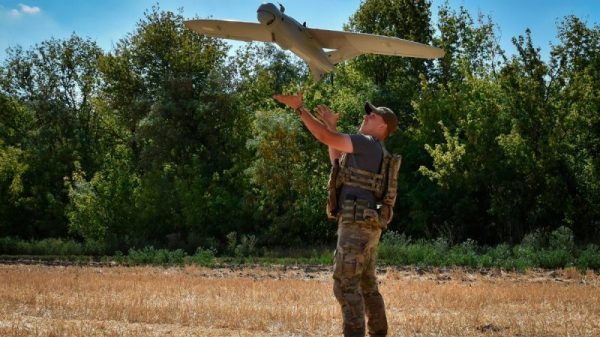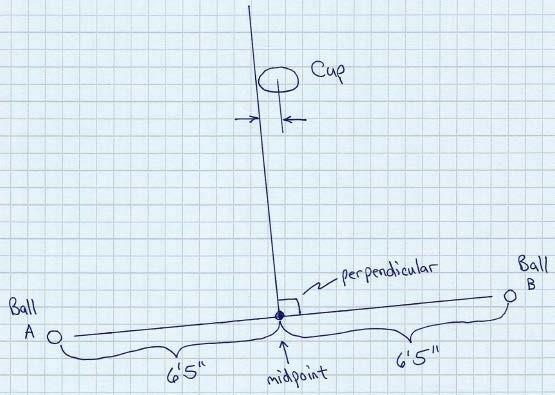Golf and the Science of Kinematics: Unveiling the Geometry Behind the Perfect Swing
Understanding the science of kinematics in golf is like unraveling the hidden secrets behind the perfect swing. From the moment a golfer addresses the ball to the instant it makes contact with the clubface, a complex interplay of geometry, physics, and motion dynamics is at play. The intricate relationship between the golfer, the club, and the ball is governed by the principles of kinematics – the branch of mechanics concerned with the motion of objects without reference to the forces that cause the motion. In this article, we delve into the world of golf kinematics to shed light on the geometric nuances that underpin a golfer’s quest for precision and power on the course.
The Golf Swing as a Kinematic Process
At the heart of golf kinematics lies the golf swing – a dynamic, multi-faceted motion that involves a series of coordinated movements aimed at propelling the ball towards the target with accuracy and distance. From the initial backswing, through the downswing and impact, to the follow-through, every phase of the golf swing is intricately connected to the laws of kinematics.
The geometry of the swing plane, club path, and impact angle all play crucial roles in determining the outcome of a shot. The swing plane, defined by the angle of the clubshaft relative to the ground, influences the path of the clubhead as it travels towards the ball. A proper swing plane ensures that the clubhead approaches the ball on the correct trajectory, leading to solid contact and optimal ball flight.
Furthermore, the club path, which describes the direction in which the clubhead moves through impact, dictates the initial direction of the shot. A club path that is in line with the target at impact results in a straight shot, while a path that deviates from the target leads to a slice or hook.
Impact dynamics, including factors such as clubhead speed, angle of attack, and face angle, are also crucial components of golf kinematics. The relationship between these variables determines the ball’s launch angle, spin rate, and overall distance. Achieving the optimal impact conditions requires precise control over the club’s motion in space and time, highlighting the importance of kinematic principles in golf performance.
The Role of Technology in Analyzing Golf Kinematics
Advancements in technology have revolutionized the way golf kinematics are analyzed and understood. High-speed cameras, launch monitors, and motion capture systems provide a wealth of data on a golfer’s swing, allowing for in-depth analysis of key parameters such as clubhead speed, swing plane, and impact dynamics.
By leveraging these technological tools, golfers and coaches can pinpoint areas of improvement in their swings and develop personalized training programs to enhance their performance. Real-time feedback from launch monitors, for instance, enables golfers to make immediate adjustments to their swing mechanics, leading to tangible improvements in ball striking and shot accuracy.
Additionally, the integration of 3D motion capture systems in golf biomechanics research has opened up new avenues for studying the intricacies of the golf swing. By tracking the motion of the golfer’s body and club in three dimensions, researchers can gain insights into the underlying biomechanical principles that govern efficient and effective swing mechanics.
Looking Ahead: The Future of Golf Kinematics
As our understanding of golf kinematics continues to evolve, so too will our ability to unlock new levels of performance on the golf course. The integration of artificial intelligence and machine learning algorithms in golf analysis holds promise for enhancing the way we analyze and interpret kinematic data, providing golfers with personalized insights and recommendations for optimizing their swings.
Moreover, the growing field of wearable technology in golf, including smart sensors and motion tracking devices, is enabling golfers to monitor their swing mechanics in real-time and track their progress over time. By harnessing the power of technology, golfers can take control of their kinematics and strive for mastery of the perfect swing.
In conclusion, the science of kinematics lies at the core of golf performance, shaping the way golfers approach their swings and interactions with the ball. By understanding the geometric principles and motion dynamics that govern the golf swing, golfers can unlock the secrets to consistent and powerful shot-making on the course. As technology continues to advance, the future of golf kinematics holds infinite possibilities for enhancing player performance and pushing the boundaries of excellence in the game.






















